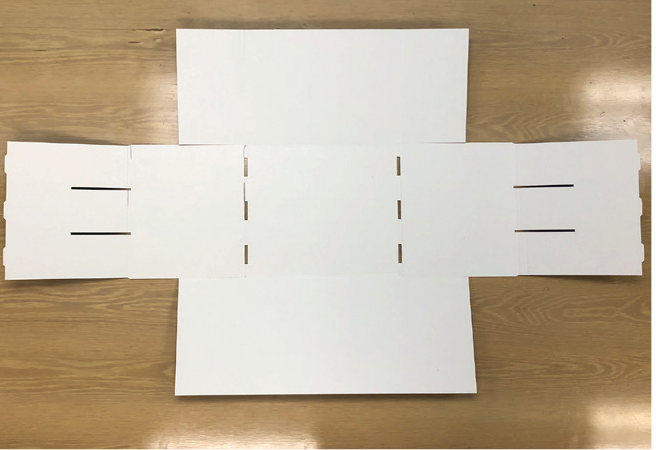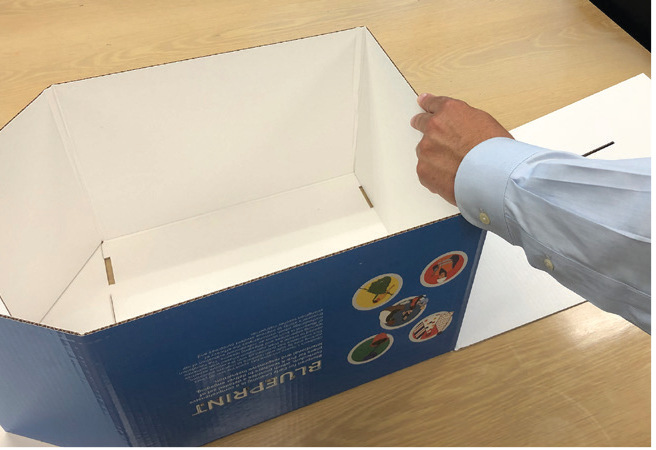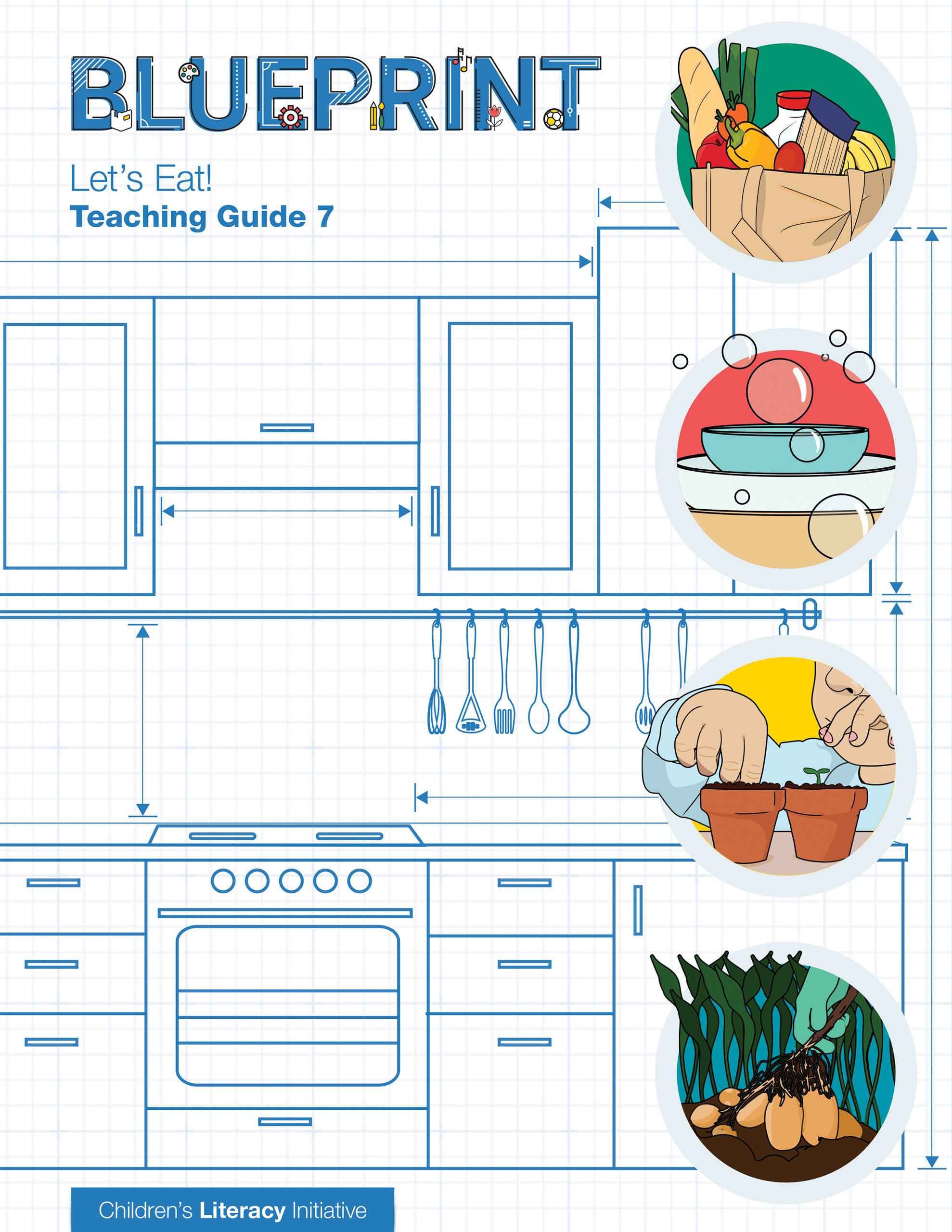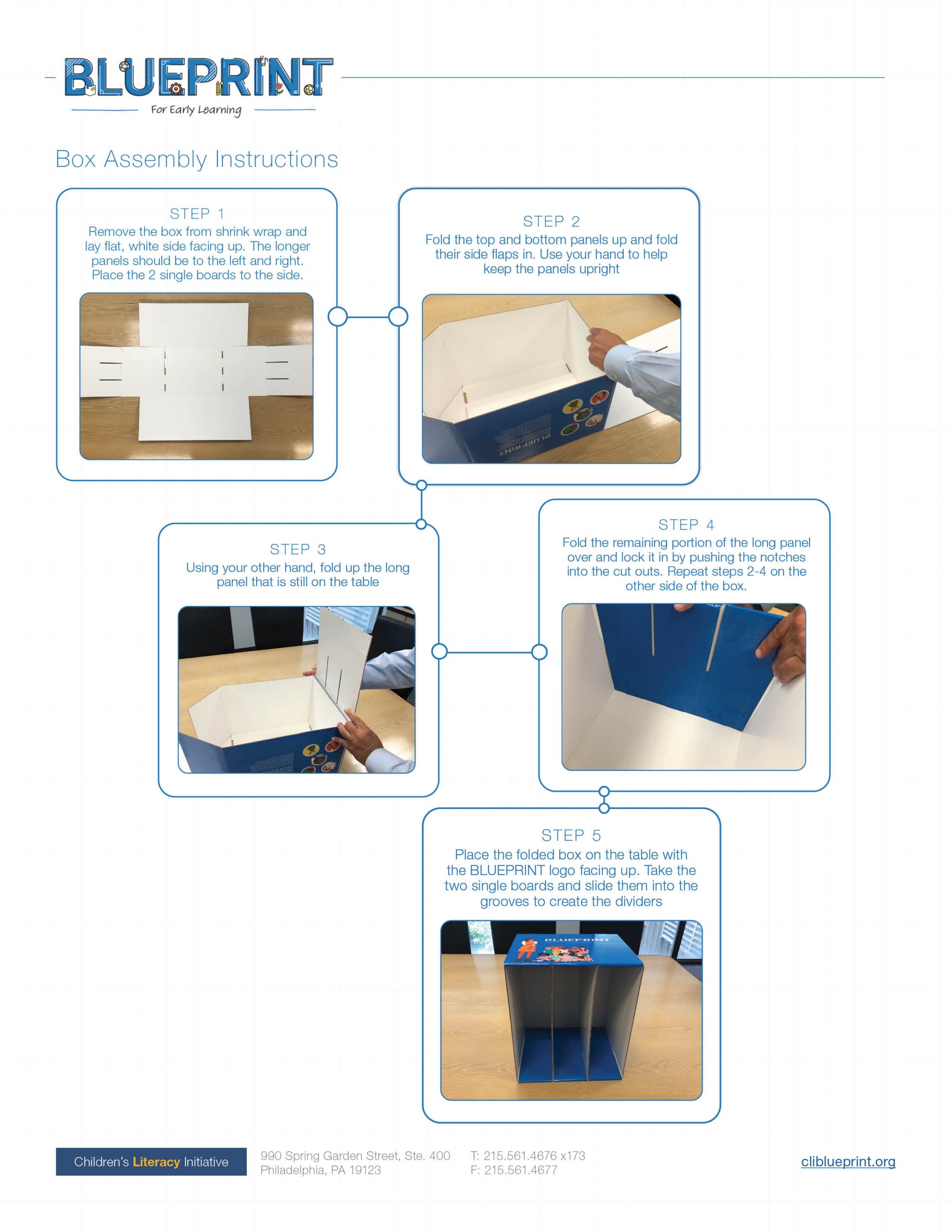
Getting Started in Blueprint for Early Learning

EMPOWERING PRE-K EDUCATORS
Welcome to Blueprint for Early Learning

GETTING STARTED
Building the Blueprint Box
Here are some helpful instructions to guide your box assembly.
STEP 1
Remove the box from shrink wrap and lay flat, white side facing up. The longer panels should be to the left and right.

STEP 2

STEP 3

STEP 4

STEP 5

Download the Box
Assembly Instructions
If needed, please click the download below to download a printable version of the Box Assembly Guide.
GETTING STARTED
The Learning Materials
Below we outline each unit and describe the journey you and your
early learners will embark on together.

UNIT 1
Building Our Classroom Community
How do we build our classroom community? In this unit, you welcome children into their classroom community, where they will learn and grow so much with your support and guidance. Set the tone for the year by getting to know each individual child, helping them feel safe and secure, and teaching them the routines and rituals that help them feel confident in and knowledgeable about their new classroom community.

UNIT 2
Healthy Kids!
How do I keep my body healthy? In this unit, “Healthy Kids,” children explore the concept of taking care of their bodies. Your class will discuss and explore questions such as “How does eating nourishing foods and staying active help us take care of our bodies?” and “How does sleep help us take care of our bodies?” The focus on taking care of our bodies means learning how to make healthy choices. This includes learning that everyone’s body works differently. In essence, children are exploring life science – what living things need to survive, grow, and thrive

UNIT 3
Welcome to Our Neighborhood
What makes up our local community? In Unit 3: “Exploring Our Local Community,” children look outside their classroom and school to their community and the world around them. They think about the question- what is a community- and talk about the places, people, vehicles, and animals in their own community. Multiple opportunities for hands-on activities take place as children build buildings, explore basic maps, and create obstacle courses for their toy cars to ride around.

UNIT 4
We Are Architects!
How do buildings get made? In this unit, we focus on the concepts of designing and building. Children learn that architects design buildings (using blueprints!) and then many different people work together to turn that design into a building. Children also learn that persistence is important in seeing a job through. We focus on the motto “Keep on trying.”

UNIT 5
Life on the Farm
What happens on a farm? This unit focuses on what life is like on the farm for both animals and farmers. It threads many thematic ideas touched upon previously. Children learn that farm animals eat, sleep, and move in different ways. These are things that healthy kids do as well, as children learned in Unit 2. They compare baby farm animals to grown farm animals and learn that one characteristic of living things is growth.

UNIT 6
Mix & Make
What happens when you mix things together? Children channel their inner scientist in this unit, as they make mixtures using a variety of substances. They learn that mixtures result in changes, some that are reversible and some that are not. They engage in foundational science practices by asking questions, making predictions, and using their senses to make observations.

UNIT 7
Let's Eat!
What makes food special? Children re-examine something that is already a big part of their lives: food! In Unit 2: “Healthy Kids” they learned about how eating healthy food helps them take care of their bodies. In this unit, they explore the steps in making a meal and investigate how the cooking process changes foods. They talk about how food is often part of special occasions and celebrations. They read two versions of a food folktale and learn about gardens and how some foods grow from seeds.

UNIT 8
Animal Architects
How do animals build their homes? In this unit on animal homes, children combine what they have learned about what living things need to survive and how buildings get made. They learn how animals use what they find in their environment to build shelters and other structures to take care of themselves and their young. They take part in a new design challenge by building their own nests, and they learn about how our planet has many different kinds of habitats for many different kinds of animals.

UNIT 9
Look Up!
What happens in the sky? Children continue to explore their world by looking up to the sky! Encourage them to use their imagination and curiosity to explore concepts like gravity, daytime and nighttime, clouds, rain, and space travel.

UNIT 10
Celebrating Our Classroom Community
How do we celebrate our classroom community? As they prepare to say goodbye to their classroom community, children celebrate their progress and reflect on their year. They build excitement for their next year at school, and they review how the Power of 3 helps us take care of ourselves, each other, and our environment from this classroom to the next!

GETTING STARTED
Learning Assessments
- Developmental Stages of Writing
- Concepts of Print
- Phonological Awareness
- Operations & Algebraic Thinking
- Geometry & Spatial Relations
- Data & Measurement
- Letter and Sound Knowledge
- Patterns & Attributes
- Number & Number Sense
GETTING STARTED
Appendix Resources
Continuing Conversations
The books selected for each unit within the Blueprint for Early Learning curriculum are used to promote certain skills and concepts based around specific thematic goals.

Teaching Point Checklist
As a professional development organization, we develop & enhance teacher’s knowledge of best practices and we infused our expertise throughout Blueprint. We understand what it takes to create lessons that promote high-quality instruction.
Blueprint for Early Learning features a comprehensive set of teaching points that are academically and developmentally appropriate. Use the checklists provided for each unit to record child observation notes. These notes can inform the instructional choices you make to meet the needs of your children.

Family Letters

EMPOWERING PRE-K EDUCATORS
Building Teacher Capacity
GETTING HELP
Contact the Blueprint Support Team
Do you have questions about how to get started with the Blueprint for Early Learning curriculum?
Your CLI Coach is a great resource to answer any questions you may have. You can also reach out to our Blueprint Support Team.
We are here to help and answer any questions you might have. Contact us today, and begin your journey to empower your young children and build teacher capacity and knowledge.
Tel: (215) 561.4676 ext. 137



